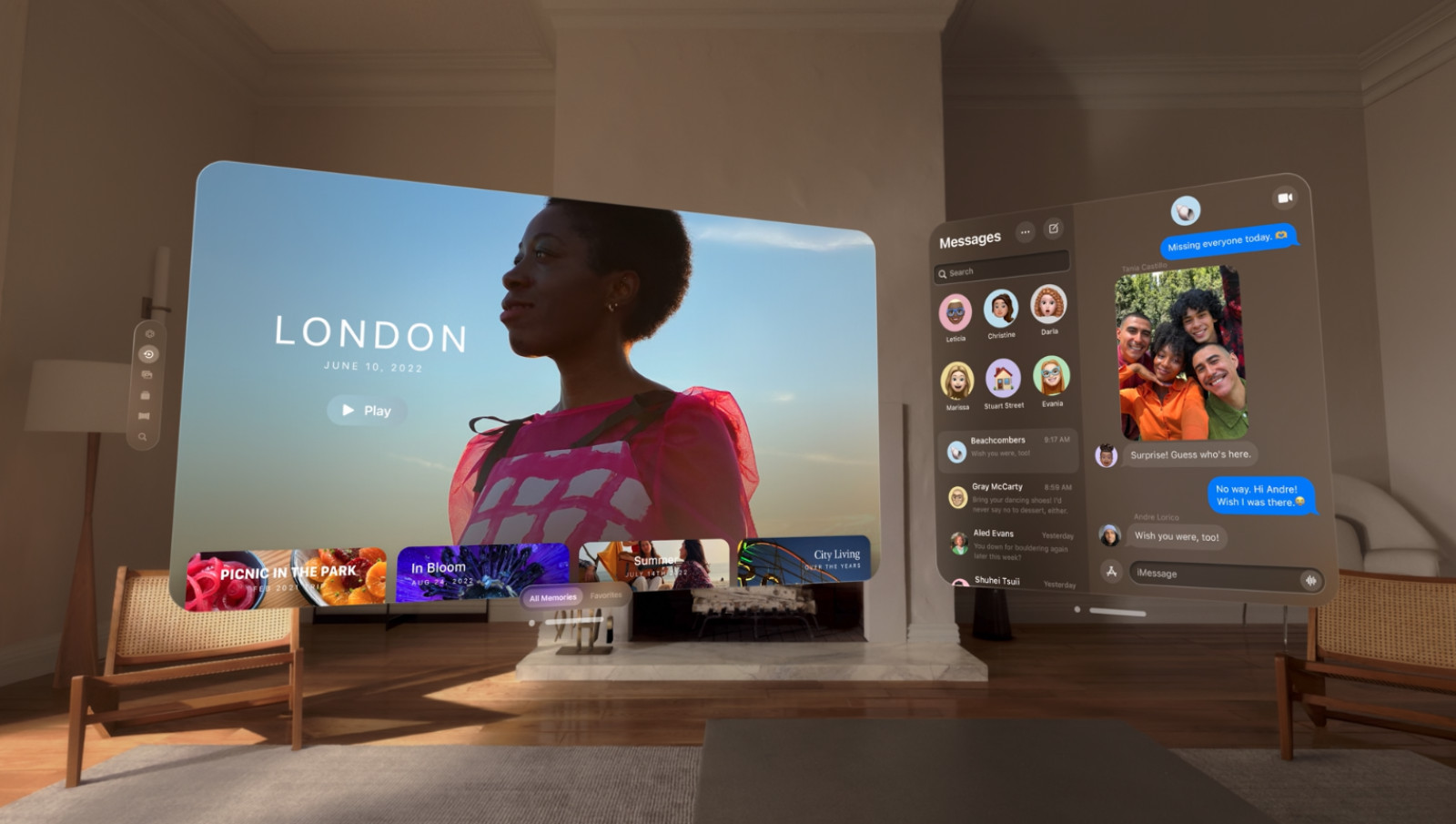When innovation offers compelling reasons, entertainment consumption follows

Photo: Apple

On Monday, Apple unveiled the Vision Pro, a VR device positioned as a blended VR and augmented reality (AR) experience. With true AR still on the horizon, the Vison Pro uses an ultra-high-resolution display system that packs 23 million pixels across two displays to digitally replicate the user’s field of vision. It then overlays existing apple ecosystem apps onto the user’s field of vision, addressing a significant roadblock to mass adoption of VR identified by MIDiA back in 2017; a monomaniac focus on hardware over content and use case. Another challenge is delivering meaningful experiences for mainstream consumers who are not dedicated gamers. Long-term mainstream adoption will rely on prioritising consumer needs over hardware functionality. Now, we are almost there.
Metaverse enabler …maybe, mainstream entertainment enabler… definitely
2022 revolved around NFTs and the metaverse, both of which turned out to be merely early indicators of future trends. Many expected Apple to make a move in either area, especially with its notable absence from the current hype around artificial intelligence (AI). However, Apple is not a first mover company; it is an early follower of consumer tech with promise. And when it moves, it does so with purpose and simplicity of execution, all packaged in sleek and premium design. The Vision Pro may well become a mainstream portal into the metaverse, but that will be a secondary output for future iterations of the device. For the short-term future, activating high-spending entertainment consumers and enterprise (e.g., delivering AR solutions for design-based businesses such as architecture and engineering) due to its $3,499 price point will be key. For entertainment, the immersive user experience will allow users to integrate app functionality into their video viewing experience, fostering a culture of watch parties and fandom-centric immersive experiences. Additionally, it promises a home theatre viewing experience with a screen that feels 100 feet wide and has advanced spatial audio. Video streaming companies might need to think about whether the coming watch party boom will be owned by them, or platforms like Apple.
The Vision Pro therefore will offer an elevated sports and video experience for consumers already undergoing a profound shift towards asynchronous on-demand consumption. Add to this, the potentially killer app of 3D Facetime group calls, and Vision Pro will become a must-have for the serious entertainment consumer, paving the way for a lower priced non-pro model, likely to be priced above the top-end iPhones but noticeably below the Vision Pro price tag.
Featured Report
India market focus A fandom and AI-forward online population
Online Indian consumers are expected to be early movers. They are high entertainment consumers, AI enthusiasts, and high spenders – especially on fandom. This report explores a population that is an early adopter, format-agnostic, mobile-first audience, with huge growth potential.
Find out more…Spatial computing for the lean-through-generation
Consumers are increasingly pushing the boundaries of what is possible, as an on-demand generation seeks to become part of the entertainment they are consuming. Creators, consumers, and lean-through enthusiasts are directly interacting with, and repurposing, mainstream content, are all are ably served by the new spatial computing era unleashed by Vision Pro.
2024 is thus shaping up to become the year of spatial computing as the metaverse takes a rain-check, and mainstream consumers finally have compelling reasons to embrace VR.

The discussion around this post has not yet got started, be the first to add an opinion.